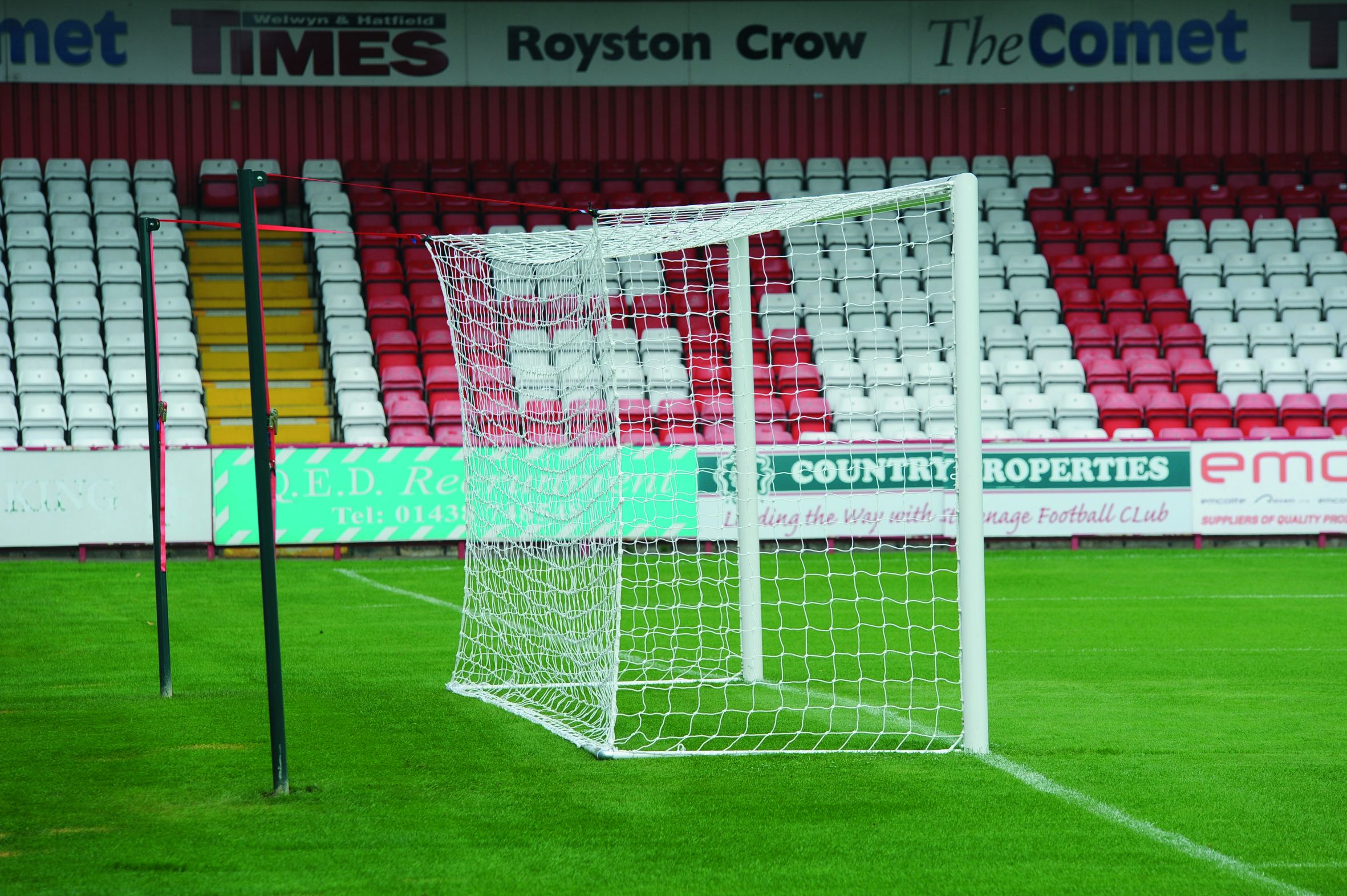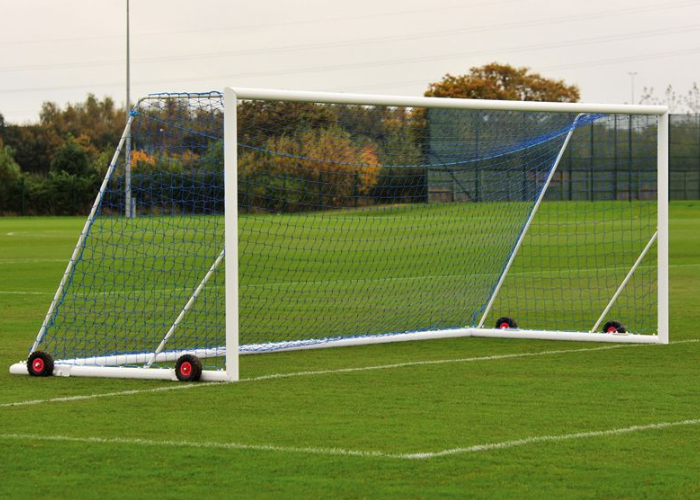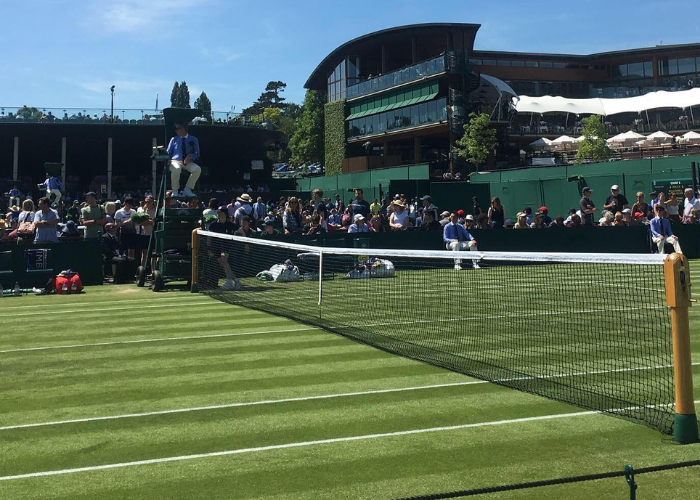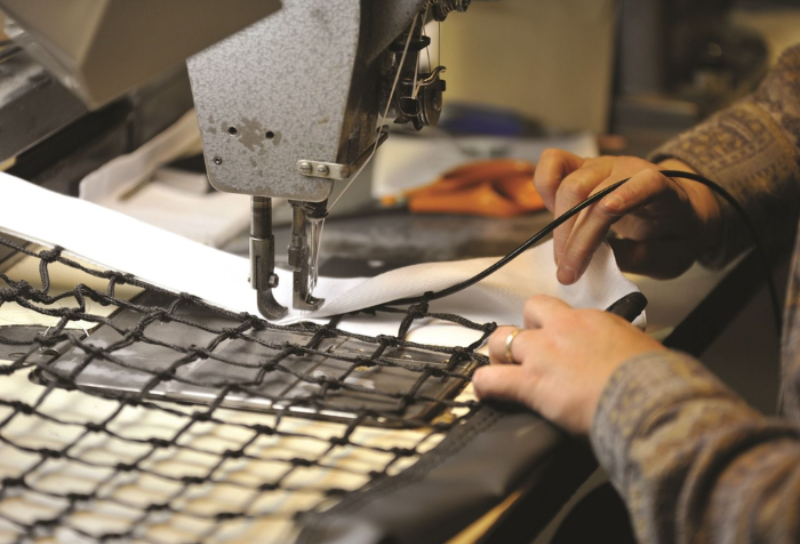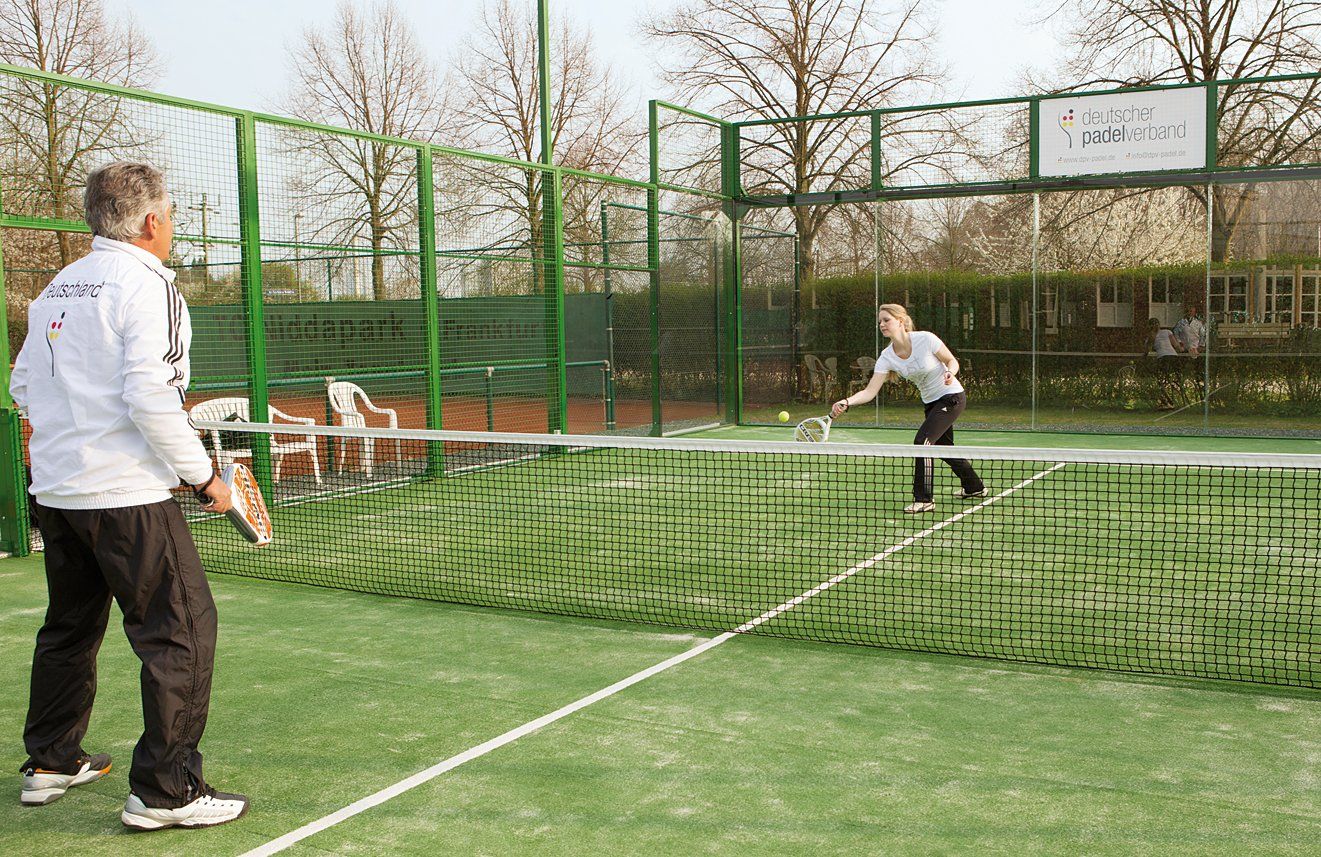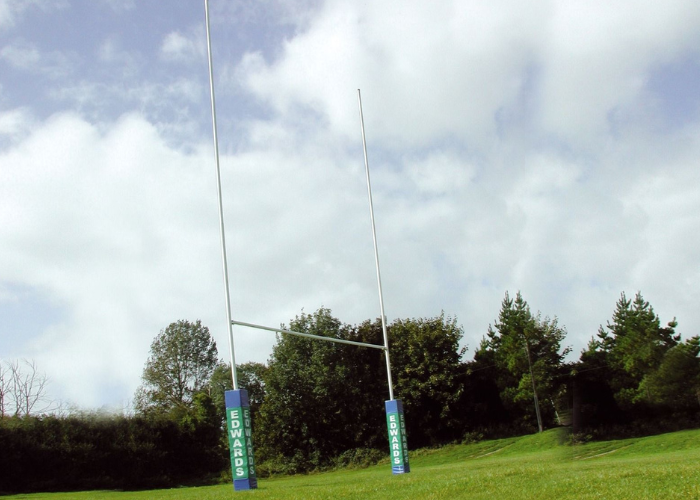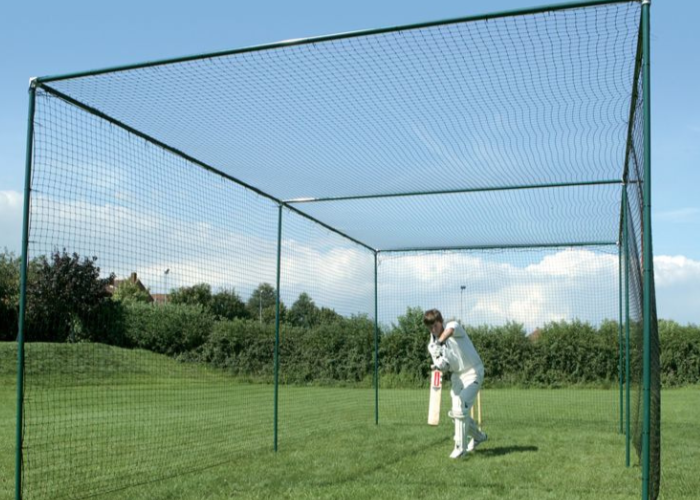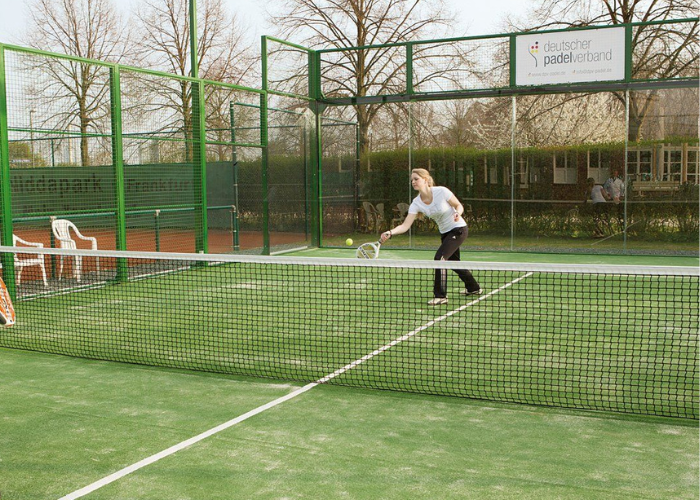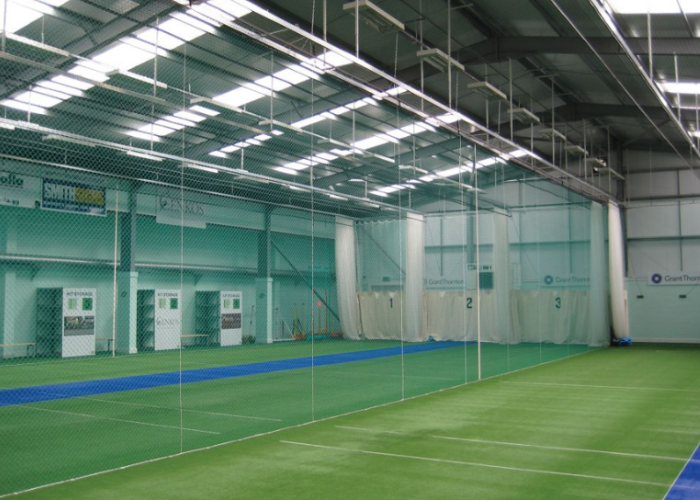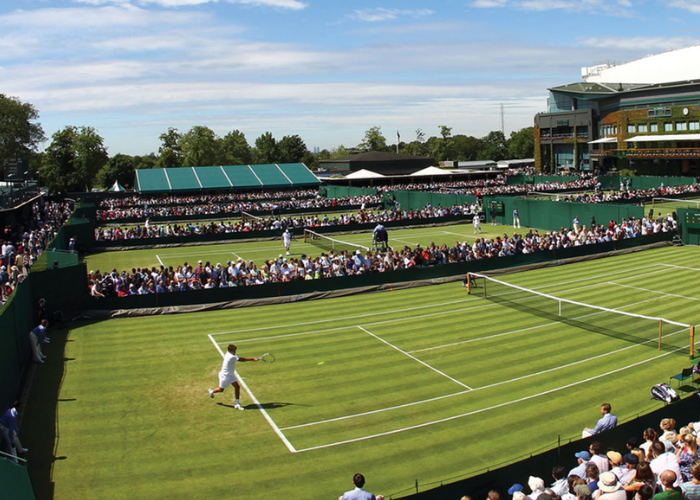We use cookies to make your experience better. To comply with the new e-Privacy directive, we need to ask for your consent to set the cookies. Learn more.
Building A Grass Tennis Court: Our Ultimate Guide
- Admin
- Blog Posts
- 27 Apr 2022
-
716views
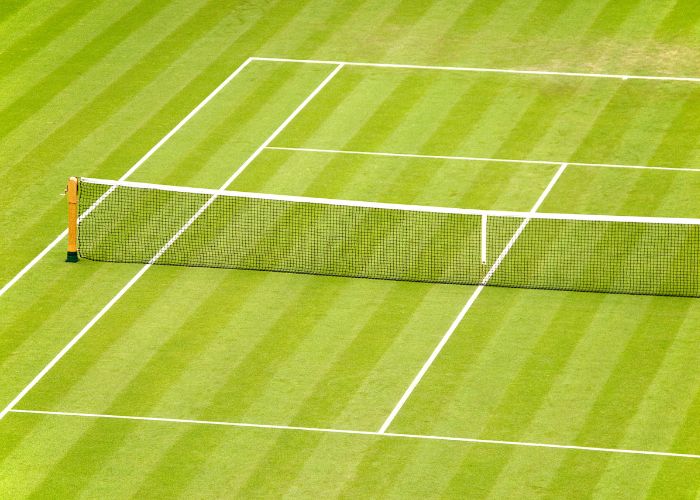
Having your own grass tennis court is a great way to spend some time outside with your friends, family, or even on your own. Grass courts are perfect for recreation and exercise.
If you're considering building your own grass court, this article will teach you everything you need to know to get started. This includes measuring the space, clearing the area, what type of seeds you could use, and how to maintain your grass tennis court. With this information and tools, you too can have your very own tennis court.
Measuring The Space
One of the most important steps when learning how to build a grass tennis court is measuring your space. Remember, you'll want to create a grass court surface with a length of 78 feet. You'll also need to decide on the width, and this will depend on whether you plan to play tennis as singles, doubles, or both.
A standard tennis court used for singles is typically 27 feet wide, whereas a doubles tennis court is usually 36 feet wide. Once you've measured your space, place markers where your court will be when the synthetic grass or new grass has grown in, as this will ensure you paint your lines in the correct places.
Removing Loose Debris
Once you have finished the measurements, it's time to clear the area by removing debris, such as tree stumps, pieces of metal, overgrowth, or other objects. If there are any loose rocks or large rocks that you cannot remove with your hands, a pickaxe can help you clear the remaining debris before you get started on removing the existing grass and turning the soil.
Clearing Existing Grass & Turning The Soil
After measuring and clearing the space, you can start the groundwork. The first step in building a grass tennis court is to prepare the ground by getting rid of weeds existing grass and turning over the soil. This will loosen it up and make it easier to lay turf on top.
You'll want to use a rotary tiller or sod cutter to break up the soil and work out some of the dirt clumps that are down there. Doing so will create a better seedbed. After getting most of the dirt turned over, you'll need to rake out any remaining debris, even if you don't see anything left on top of the ground.
At this point, take your rake and run it across the area. This will help break up any remaining sticks, leaves, or other debris which might get in your way when putting down grass seed. Additionally, you'll want to make sure your court has plenty of drainage or irrigation systems to reduce how often you need to remove water from your court. This ensures you will always have a perfect playing surface.
Types Of Grass You Can Use
The type of grass you use will be determined by the environment in which the court is being built. If the space is shaded or you live in a cooler climate, you will want to plant perennial ryegrass or create an artificial grass tennis court with synthetic turf.
However, for warmer climates, a popular choice for grass tennis courts is bermudagrass, as it is drought tolerant. You might also take inspiration from the types of grass they use on golf courses.
When To Plant The Grass Seeds
Before planting the seeds, you'll want to know the best time of year to sow them. You'll need to consider where you live, and if you are in a colder climate, it's best to wait until the ground has warmed up before planting your seed, such as in April if you're in the UK. Otherwise, the grass seeds may not grow and will have to be replaced with new ones.
In warmer climates, however, it's best to plant them while they are still dormant so they can grow during their active months. Getting this bit right will give you a pristine court surface that rivals centre court!
Marking Out The Court & Painting The Lines
To paint the tennis court lines once the grass is grown, you'll need to mark out the court. Again, the size might depend on if you are playing doubles or singles.
Measure the width and length of your court so that you know how long to cut your string. Tie a knot at one end of each string and mark out the baseline where you will be placing your net by stretching one string from one side of your court to the other and putting a stake in it. Now stretch another string from this stake to a stake on the opposite side of your court.
These two strings are defined as your baseline. Now take both strings, tie them together at one end, drive a stake into each end about 2 feet apart and tie off each section where you want to define an edge. You've now marked out your grass tennis court and have a perfect playing area!
Buying The Right Tennis Court Equipment
In order to find equipment for your grass tennis court, you'll want to check our guide on tennis court essentials. We recommend purchasing a professional tennis net, an umpire's chair, tennis court windbreaks, and a wooden scoreboard. These items will ensure your court is the perfect place for hours of play.
Installing A Tennis Net
A grass tennis court is not complete without a net. A net is a primary component that distinguishes a tennis court from any other type of ground, and you can find helpful advice on how to set up your net, as well as official regulations on our blog.
Tennis net installation is a crucial step in building your court. Once you've marked and painted the lines for your court, the next step is installing the net. You can purchase a pre-made net made to lawn tennis association standards from our online store.
Installing a net can be done in one day, but putting in the work beforehand is essential. To install your net, you will need to measure and cut the poles, attach them to the posts, install the crossbar, and then hang up the mesh on either side of the net.
How To Maintain Grass Tennis Courts
When you have a grass tennis court, there are many maintenance tasks that need to be done. The first one is to make sure your lawn mower blades are sharp. The blades will dull over time, which means they'll pick up less grass, making it harder to keep the grass at the right length.
When you hire someone to cut your lawn, always ask them if they use a sharp blade before they start. Another way to maintain your court is by fertilizing your lawn and reseeding any patches of dead grass. Also, keep an eye out for standing water which can cause damage to the playing surface.
Conclusion
When building a grass tennis court, it's essential to know the process. You'll want to measure your space and remove debris to get a flat surface.
After that, you'll need to choose what type of grass you want to use and how long it will take for the seeds to grow before you can play on the court.
Once it's all grown in, you'll need to put up the net and maintain the court by cutting the grass and removing harmful weeds. For help getting started, check out the nets, net posts, and other tennis court supplies on our website.
Featured Image by ©Gannet77 (Getty Images Signature) via Canva.com









